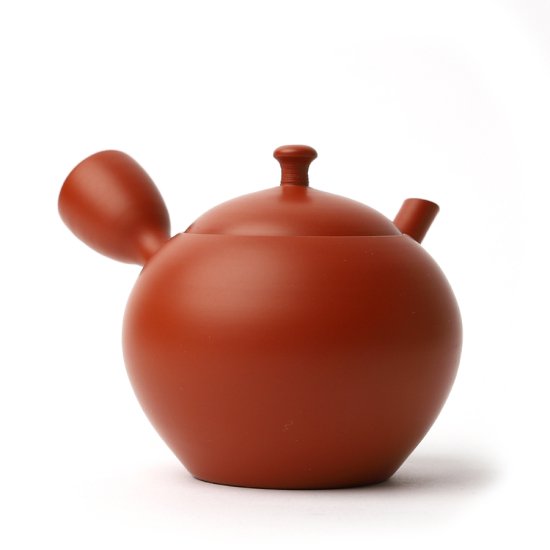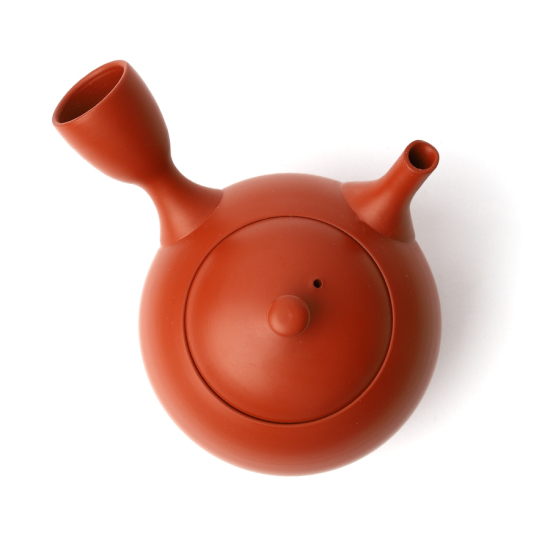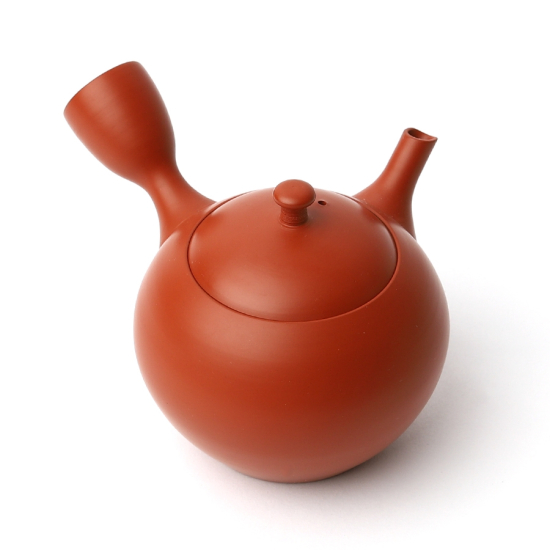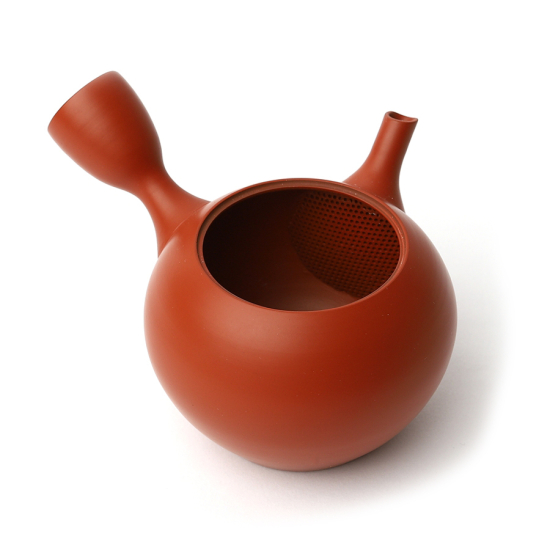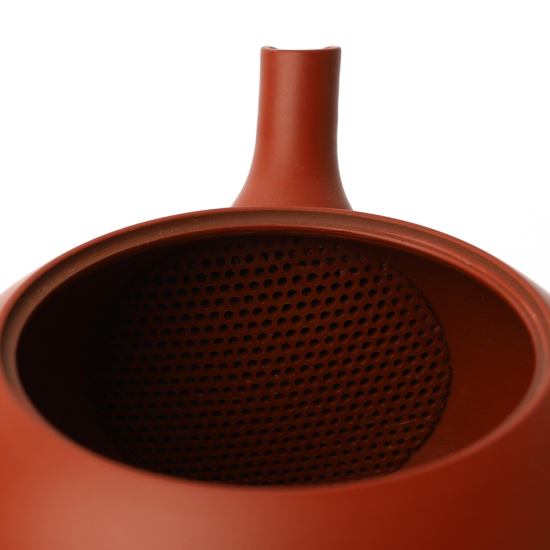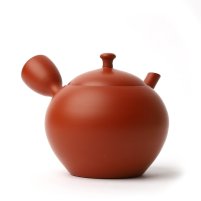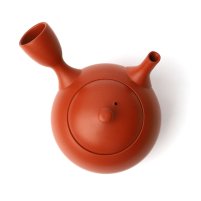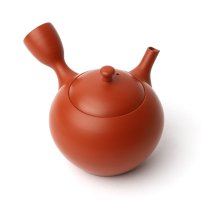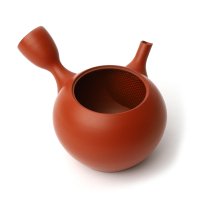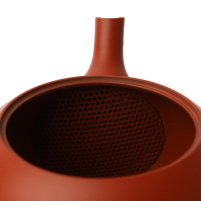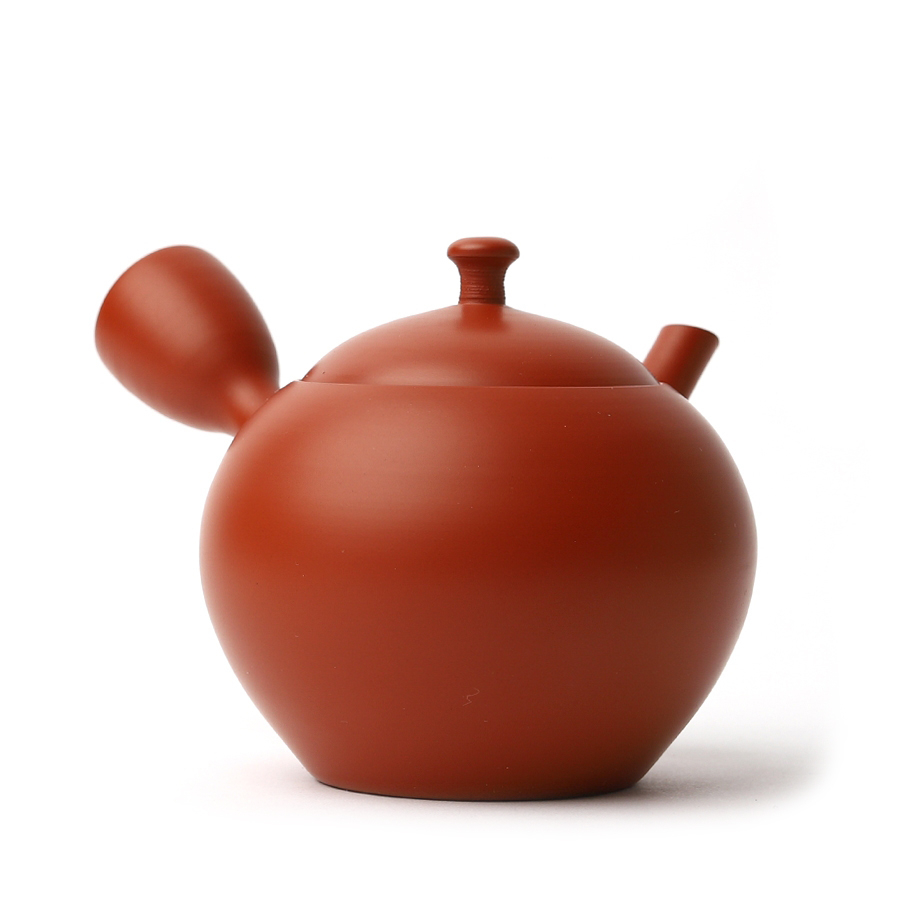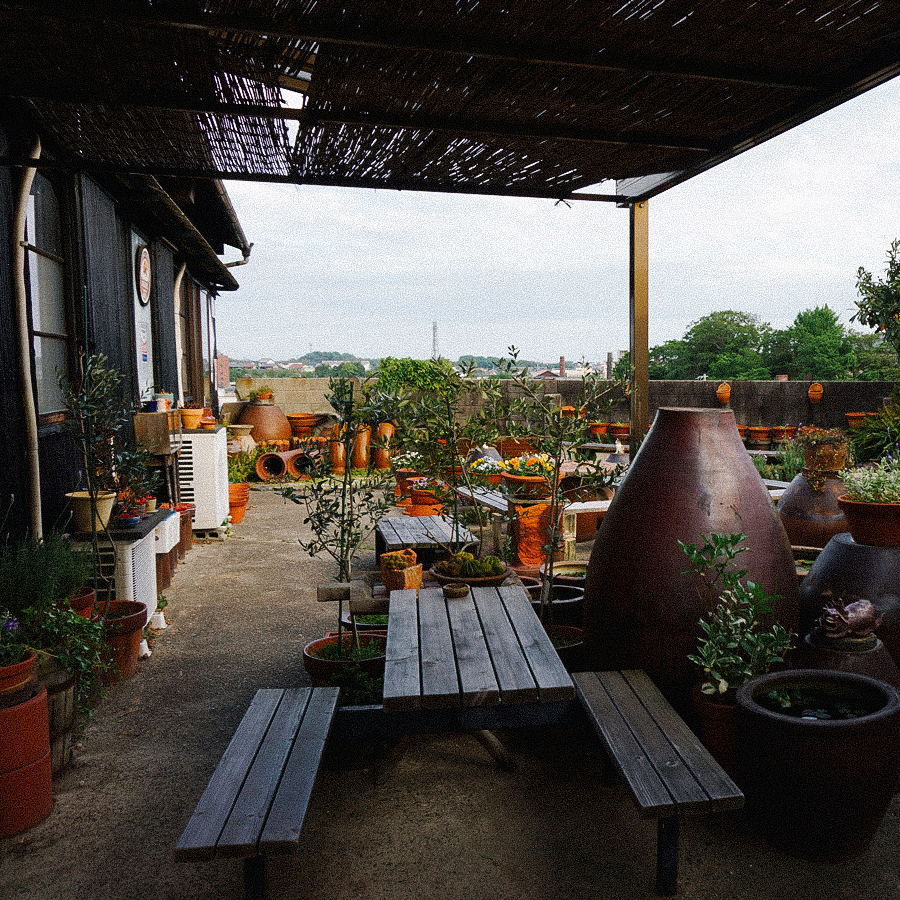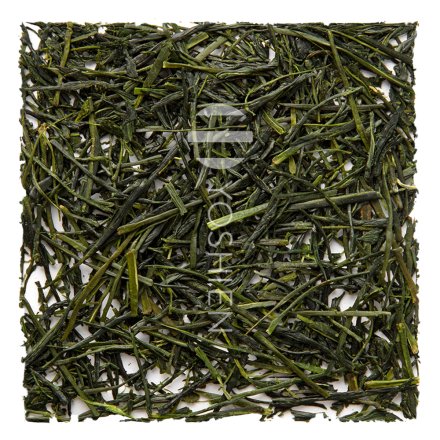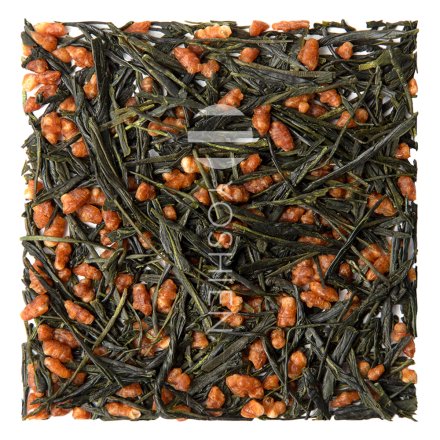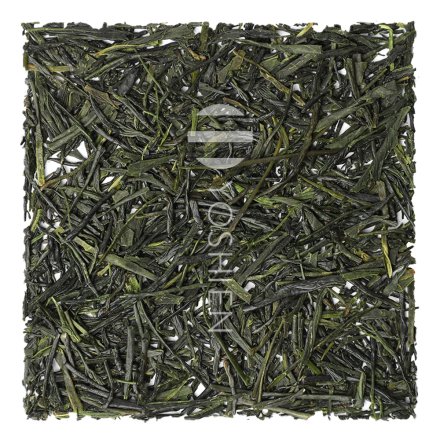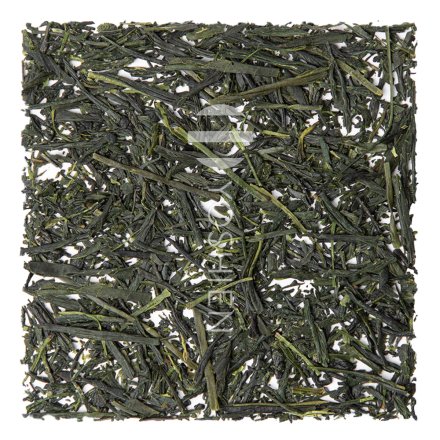In Japanese, Kyusu simply means “teapot” and most often refers to the distinctive side-handled vessel that has long been used to brew green tea in Japan. The handle may also be found over the top or in the back, however (with a bit of practice) the side handle allows for exceptionally smooth and ergonomic single handed pouring. Kyusu tend to be smaller than Western teapots and are completely emptied after each steeping to prevent the tea from over-brewing and becoming bitter. Conveniently, they often have a strainer built into the spout to keep the leaves inside the pot, which also makes for easy re-steeping.
Kyusu come in a variety of shapes, sizes and regional clays, which determine what type of tea is best prepared in it. Shorter, flatter Kyusu for instance are best for teas brewed at low temperatures, such as Gyokuro and Kabusecha, while larger, deeper teapots work better for teas like Hojicha and Genmaicha, which can be steeped at higher temperatures. Furthermore, Kyusu are very collectible items, and those made by government-certified Traditional Master Craftsmen, or Dentō Kogeishi (伝統工芸士), are particularly prized amongst teaware connoisseurs.



